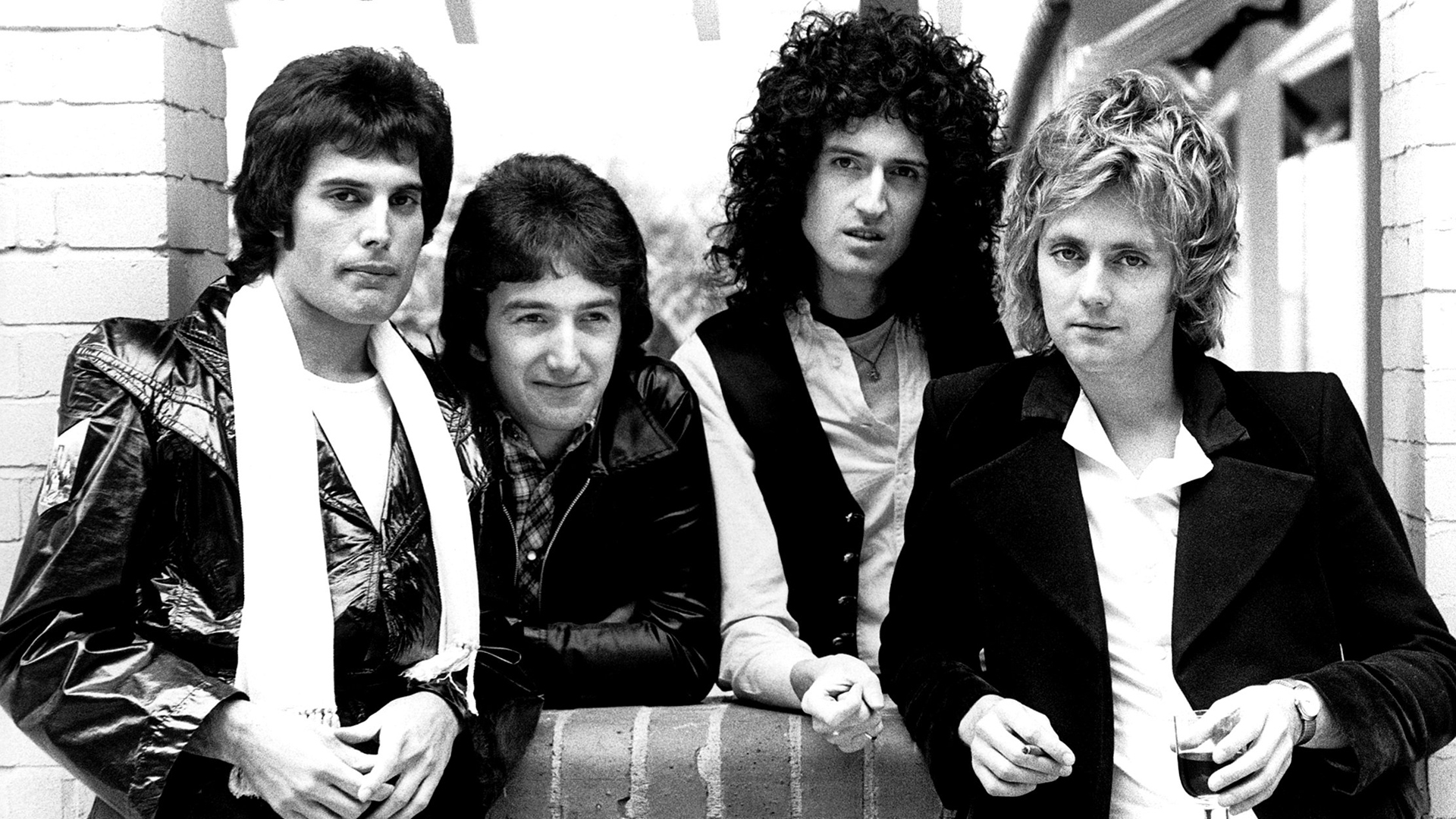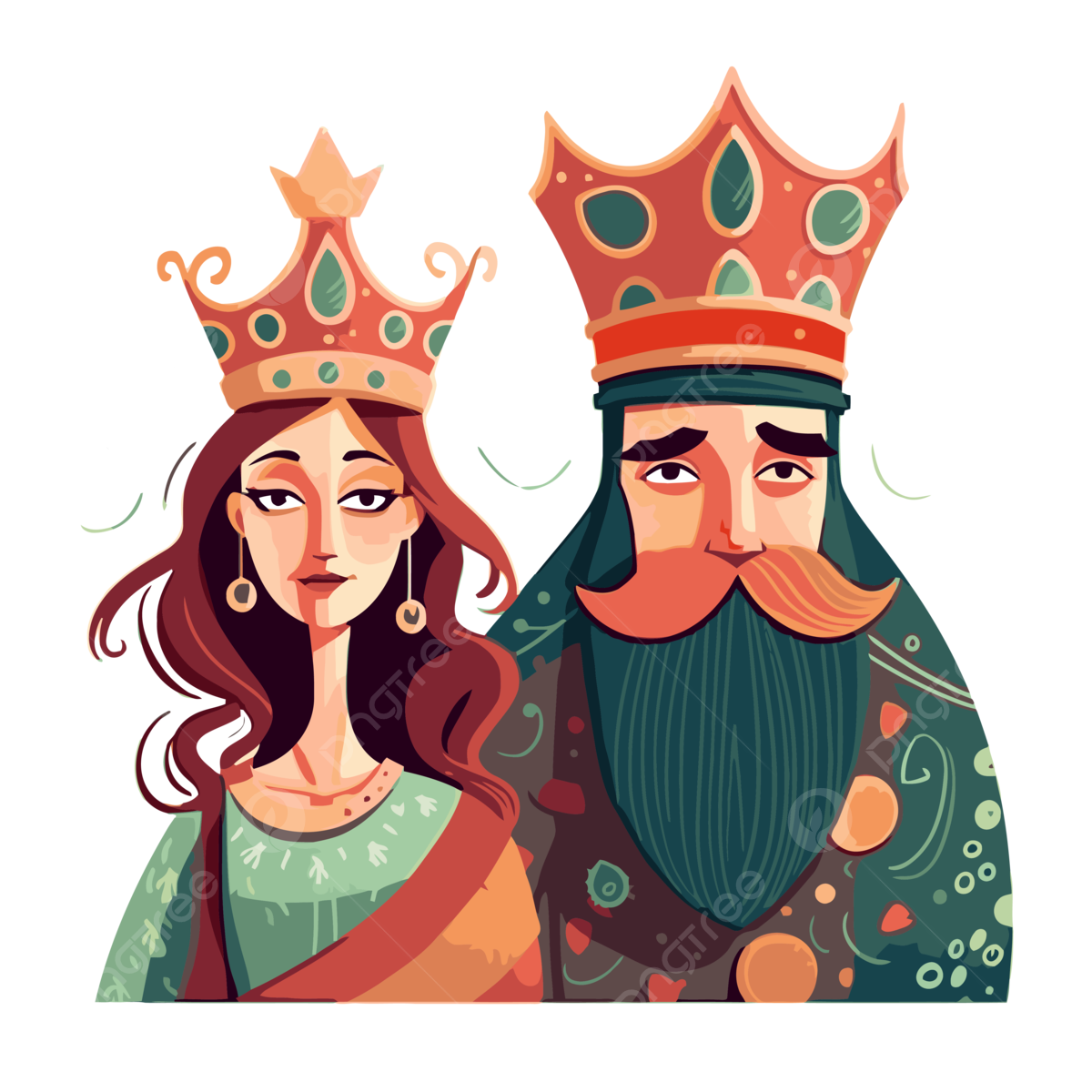Her Majesty Queen Elizabeth II is a name that resonates across the globe, symbolizing resilience, tradition, and steadfast leadership. The queen's image has become a timeless representation of British monarchy and cultural heritage. From her coronation to her final days, she left an indelible mark on history, influencing not only the United Kingdom but also the world at large.
As the longest-serving monarch in British history, Queen Elizabeth II's image is more than just a reflection of her reign; it embodies the values, traditions, and evolution of an era. Her public persona was carefully crafted to convey dignity, grace, and unwavering commitment to duty. This article delves into the multifaceted aspects of the queen's image, exploring its significance, evolution, and enduring legacy.
In this detailed exploration, we will examine how Queen Elizabeth II's image was shaped over the decades, the cultural impact of her representation, and how her persona influenced global perceptions of monarchy. Whether through official portraits, public appearances, or media coverage, the queen's image remains a subject of fascination and admiration.
Read also:Sydney Sweeney Boat Pictures A Comprehensive Guide To Her Iconic Moments
Table of Contents
- Biography of Queen Elizabeth II
- Early Life and Education
- Coronation and Ascension to the Throne
- Evolution of Her Majesty's Image
- Official Portraits and Their Significance
- Media Representation of the Queen
- Public Appearances and Ceremonial Duties
- The Queen as a Fashion Icon
- Global Impact of the Queen's Image
- Legacy of Queen Elizabeth II's Image
Biography of Queen Elizabeth II
Early Life and Education
Queen Elizabeth II was born on April 21, 1926, in Mayfair, London, to Prince Albert, Duke of York (later King George VI), and Elizabeth Bowes-Lyon. Her early life was marked by the expectation of royal duty, even though she was not initially destined to become queen. Below is a brief overview of her personal details:
| Full Name | Elizabeth Alexandra Mary |
|---|---|
| Birth Date | April 21, 1926 |
| Birthplace | Mayfair, London, United Kingdom |
| Reign | February 6, 1952 – September 8, 2022 |
| Spouse | Prince Philip, Duke of Edinburgh |
Her education was privately tutored, focusing on subjects that prepared her for future royal responsibilities. The outbreak of World War II significantly shaped her early years, as she broadcasted a message to evacuated children in 1940, showcasing her early commitment to public service.
Coronation and Ascension to the Throne
Queen Elizabeth II ascended to the throne on February 6, 1952, following the death of her father, King George VI. Her coronation took place on June 2, 1953, at Westminster Abbey, an event that was broadcasted to millions of people worldwide. This marked the beginning of an era where her image would become synonymous with stability and continuity.
According to the British Monarchy's official website, the coronation was a grand ceremony steeped in tradition, yet it also embraced modernity by being televised, allowing people globally to witness the historic event.
Evolution of Her Majesty's Image
From Youth to Elder Stateswoman
The queen's image evolved significantly over her reign, reflecting the changing times and her own personal growth. In her youth, she was often depicted as a youthful princess with a bright future ahead. As she matured, her image became more authoritative, emphasizing her role as a constitutional monarch.
- 1950s: Portrayed as a young, vibrant queen with a fresh approach to monarchy.
- 1970s: Her image shifted to that of a seasoned leader navigating turbulent times.
- 2000s: Represented as an elder stateswoman with wisdom and experience.
Official Portraits and Their Significance
Official portraits of Queen Elizabeth II have played a crucial role in shaping her public image. These portraits are meticulously crafted to convey specific messages about her reign and character. For instance, the 1953 coronation portrait by Pietro Annigoni depicted her as a regal figure, emphasizing her royal status.
Read also:Shania Twain Photos Celebrating The Queen Of Country Pop Through Stunning Images
Over the years, various artists have captured her likeness, each adding their unique perspective. These portraits not only document her physical appearance but also reflect the cultural and artistic trends of their respective eras.
Media Representation of the Queen
The media played a pivotal role in shaping public perception of Queen Elizabeth II. From early black-and-white photographs to modern-day digital coverage, the way she was represented evolved alongside technological advancements.
According to a study published in the Journal of Media and Communication Studies, the queen's media representation often balanced between portraying her as a distant, dignified figure and a relatable human being. This dual representation helped maintain her popularity and relevance across generations.
Public Appearances and Ceremonial Duties
Celebrating National Events
Throughout her reign, Queen Elizabeth II participated in numerous public appearances and ceremonial duties. These events were not only opportunities for her to engage with the public but also served to reinforce her image as a dedicated and compassionate monarch.
- Trooping the Colour: An annual event celebrating her official birthday.
- Commonwealth Day: Highlighting her role as Head of the Commonwealth.
- State Visits: Strengthening diplomatic relations with foreign nations.
The Queen as a Fashion Icon
Queen Elizabeth II's fashion choices were an integral part of her public image. Known for her bold colors and classic styles, her outfits were carefully selected to ensure visibility and convey authority. According to Vogue, her fashion sense was both practical and symbolic, reflecting her role as a global icon.
Her signature style included tailored suits, vibrant hats, and coordinated accessories, all designed to make her stand out in any setting. This attention to detail contributed to her enduring legacy as a fashion icon.
Global Impact of the Queen's Image
The image of Queen Elizabeth II transcended national boundaries, making her a globally recognized figure. Her presence on world stages, such as the United Nations and the Commonwealth Heads of Government Meeting, solidified her role as a unifying force.
Research conducted by the International Journal of Cultural Studies highlights how her image influenced perceptions of monarchy worldwide, serving as a benchmark for other royal families. Her commitment to duty and service set a standard that many admired and emulated.
Legacy of Queen Elizabeth II's Image
The legacy of Queen Elizabeth II's image is one of enduring influence and respect. Her ability to adapt to changing times while maintaining traditional values ensured her relevance throughout her reign. As the world mourns her passing, her image continues to inspire and educate future generations.
In conclusion, Queen Elizabeth II's image was a masterclass in public relations and leadership. From her early years as a princess to her final days as a beloved monarch, she consistently portrayed dignity, grace, and commitment. We invite you to share your thoughts and reflections on her legacy in the comments below. Additionally, explore other articles on our site to deepen your understanding of this remarkable figure.


